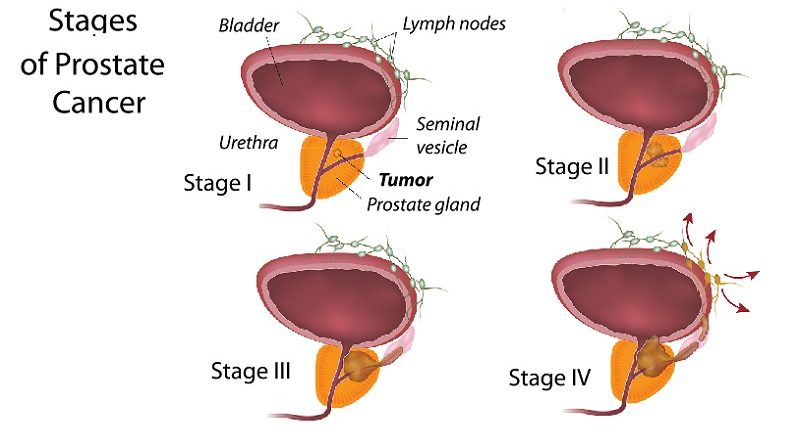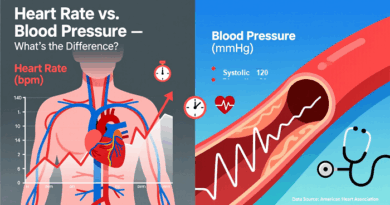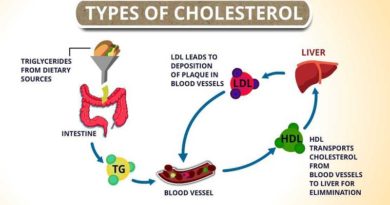Prostate Cancer: Advances and Strategies for a Healthier Future
Prostate cancer, as the most common cancer among men, it has garnered significant attention from researchers, healthcare professionals, and the general public alike. This condition is a true public health concern, in 2020 alone, 1,414,259 men were diagnosed with prostate cancer, and 375,304 lost their lives to the disease [SOURCE]. Recent advances in diagnostics and treatment options have provided hope for patients, their families, and the medical community.
About prostate cancer
It is the second leading cause of cancer mortality in men in the US, predominantly affects men over 50 years of age. In its early stages, it may not present any symptoms. Later, patients may have symptoms and signs, including trouble urinating, decreased force in the urine stream, blood in the urine or semen, bone pain, unintentional weight loss, and erectile dysfunction.
Diagnosis involves a combination of screening methods. The prostate-specific antigen (PSA) test and digital rectal exam (DRE) are commonly used diagnostic tools. When there is suspicion of prostate cancer, a tissue biopsy is used for confirming the diagnosis.
Breakthroughs in treatment
One of the most promising breakthroughs in treatment is the development of CAR-T cells that target prostate-specific membrane antigen (PSMA) – a protein highly expressed in prostate cancer [1]. This targeted approach allows for more precise and effective treatment of the disease, potentially reducing side effects and improving outcomes for patients.
Moreover, men with low-risk prostate cancer are increasingly opting for active surveillance as their course of action [2]. This strategy involves closely monitoring the disease without immediate treatment, allowing patients to maintain their quality of life while avoiding unnecessary and potentially harmful interventions. In the event that the cancer progresses or becomes more aggressive, patients can then seek appropriate treatment.
Recent FDA approvals have also made a significant impact on the landscape of treatment. The approval of relugolix (Orgovyx) is expected to change the way men with advanced condition are treated, as clinical trials have shown that it is more effective at reducing testosterone levels – a key factor in prostate cancer growth – than other commonly used treatments [SOURCE].
The growing focus on research has led to an increase in the number of published articles on the subject [SOURCE]. These studies
SUMMARY
Prostate cancer, the second leading cause of cancers mortality in men in the US, often affects men over 50 years of age. Early diagnosis and effective management are crucial for the best possible outcomes. Symptoms include trouble urinating, decreased force in the urine stream, and erectile dysfunction, among others. Diagnostic tools typically involve a combination of PSA testing and DRE, with tissue biopsy as the standard of care. Management strategies range from expectant management (active surveillance) to definitive management (surgery, radiation therapy, hormone therapy, chemotherapy, and immunotherapy). Healthcare professionals play a vital role in ensuring timely diagnosis and treatment for patients.
SOURCES
[1] https://www.nature.com/articles/d41586-022-02857-8
[2] https://www.health.harvard.edu/topics/prostate-cancer/all




